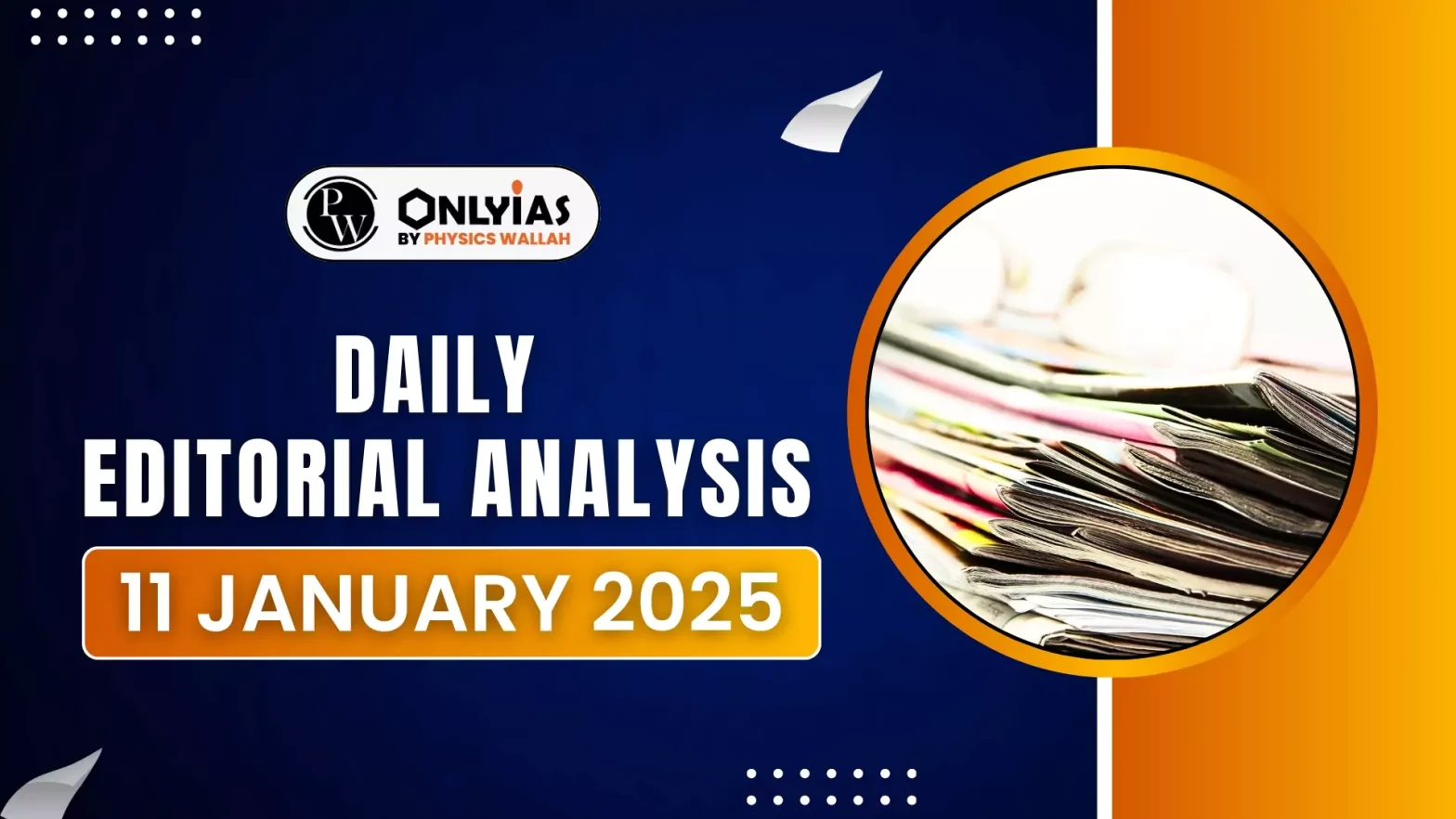The article discusses various aspects of the tax System, including how loopholes are exploited, the disproportionate impact of taxes on various socio-economic groups and challenges posed by indirect taxes.
Understanding Tax Burden (See Box)
- Comparison with Other Countries
-
- Developed countries like Sweden have high tax rates, but offer free healthcare, education, and social security.
- In India, roads themselves seem to be saying, ‘Give us more money!’
Enroll now for UPSC Online Course
| Examples: 1. Property Purchase:
a. Income Tax:
- If the property is purchased using taxable income, the buyer has already paid income tax on income used for the purchase.
- Tax rates: 5%, 20 % or 30 %
b. Stamp Duty:
- Stamp duty is charge transaction value or circle rate (whichever is higher).
- Rates vary by state (typically 4% to 10% of the property’s value).
- Example: Maharashtra (5%), Delhi (6%).
c. Registration Fee:
- Registration fees are charged when registering the sale deed.
- Typically 1% of the transaction value or fixed rates as per state norms.
d. GST (Goods and Services Tax):
- Applicable only for under-construction properties, not for ready-to-move properties.
E. Capital Gains Tax (if applicable):
- If you’re selling another property to buy this one, capital gains tax may apply on the gains from the sale.
Example 2: Car Purchase:
a. GST:
- GST is charged on the car’s ex-showroom price.
- Small cars: 28% GST • 1-3% cess. • SUVs and luxury cars: 28% GST • 15-22% cess.
b. Road tax:
- Road tax is charged at the time of registration.
- Rates vary by state (5% to 20% of the ex-showroom price).
c. Registration Charges:
- Registration fees are fixed by the RTO:
- 600 to 1,000 for two-wheelers.
- 4.000 to 10,000 for cars (depending on vehicle type and state).
d. TCS (Tax Collected at Source):
- If the car price exceeds 110 lakh, TCS of 1% on the value is applicable.
e. Income Tax:
- Similar to property, your income used to purchase the car has already been taxed.
|
Direct Vs Indirect taxes
- Indirect taxes, which are levied on every purchase, offer free healthcare, education, and social security. impact the poor more than the rich. This is because the poor spend a larger portion of their income on basic necessities.
Tax System Loopholes
- Multiple Tax Slabs
- Diamonds have a 1.5% tax, while pencils and medicines have a 12% tax! This means the burden falls disproportionately on the common man.
- Agricultural Income Exemption
- Originally intended to help farmers, this loophole is now exploited by large industrialists and politicians to avoid taxes.
- Double Taxation
- Health insurance premiums, hospital beds, and even essential medicines are taxed. Countries like Canada and the UK offer tax exemptions on essential medicines.
- Religious Trusts
- Charitable trusts are tax-exempt, but today they earn crores from merchandise and online platforms. Proper auditing is needed to ensure accountability.
Inflation and its impact
- Food Inflation: Food Inflation in India is as high as 11% and 42 % for vegetables due to taxation and poor supply chain management.
- Fuel Taxes: Fuel is not included in the GST structure, leading to multiple taxes that increase the cost of consumer goods.
Check Out UPSC NCERT Textbooks From PW Store
GST Introduction and Issues
- The concept of One Nation, One Tax’ has become complicated in implementation.
- There are five slabs of 200+ forms, and each state has its own interpretation.
Why Problems Exist?
- Instead of simplifying, the Simplify GST slabs system has become even more complex.
How to Fix?
- Simplify GST slabs into essential, standard, and luxury complex categories.
Economic inequality
Rich Vs Middle Class
- The salaried class receives no exemptions and their salaries are directly taxed. Those earning over 1.5 crore use sophisticated tax planning and exploit loop holes.
Enroll now for UPSC Online Classes
Small Businesses:
- Complex tax return filing rules make up compliance cost high making it difficult for small businesses to survive
Solutions:
- Direct Tax Reforms: Make tax slabs realistic and linking them to inflation
- GST Slab Simplification: Redefine tax categories
- Property tax reforms: Implementation of single window system
- Transparency: Provide taxpayers details where their money is used.
- Increasing tax base: Formalise the informal economy
![]() 11 Jan 2025
11 Jan 2025

